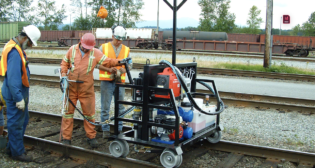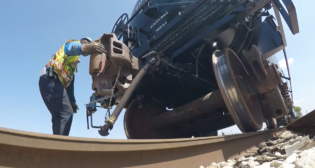
Biden FY23 Budget Request: $105B for USDOT
Written by Marybeth Luczak, Executive Editor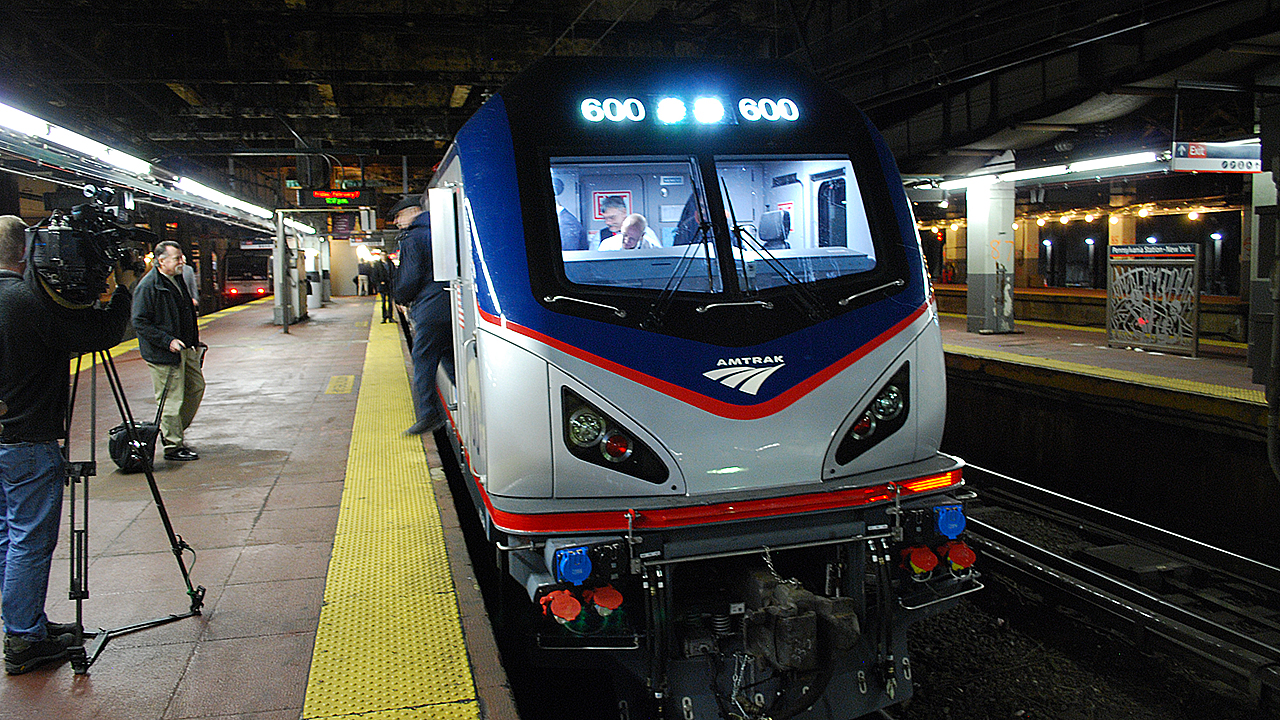
An ACS64-led Amtrak Northeast Regional train prepares to depart Penn Station New York, bound for Washington, D.C. William C. Vantuono photo
President Joe Biden on March 28 submitted to Congress a $5.79 trillion budget plan for fiscal year 2023 that calls for $105 billion to be distributed to the U.S. Department of Transportation (USDOT). With an additional $37 billion in guaranteed advance appropriations provided under the Bipartisan Infrastructure Law (BIL; also known as the Infrastructure Investment and Jobs Act or IIJA), the USDOT’s total budget would be $142 billion. Included in the budget for USDOT’s Federal Transit Administration (FTA) is funding for four new rail-related projects; the Gateway Program’s Hudson Tunnel project in New York and New Jersey, and the Bay Area Rapid Transit District (BART) Silicon Valley Phase II rail project in California are among them.
The President is requesting the following for the FTA and the Federal Railroad Administration (FRA) in FY 2023:
• $16.9 billion for the FTA. When combined with the advance appropriations included in BIL ($4.2 billion), the total comes to $21.1 billion. Among the programs covered:
— $2.85 billion for Capital Investment Grants (CIG), including $2.37 billion for the CIG Program; $450 million for the Expedited Project Delivery (EPD) Pilot Program; and $28.5 million for FTA oversight of CIG and EPD projects. When combined with BIL funding, the total CIG budget provides $4.5 billion. (See charts below).
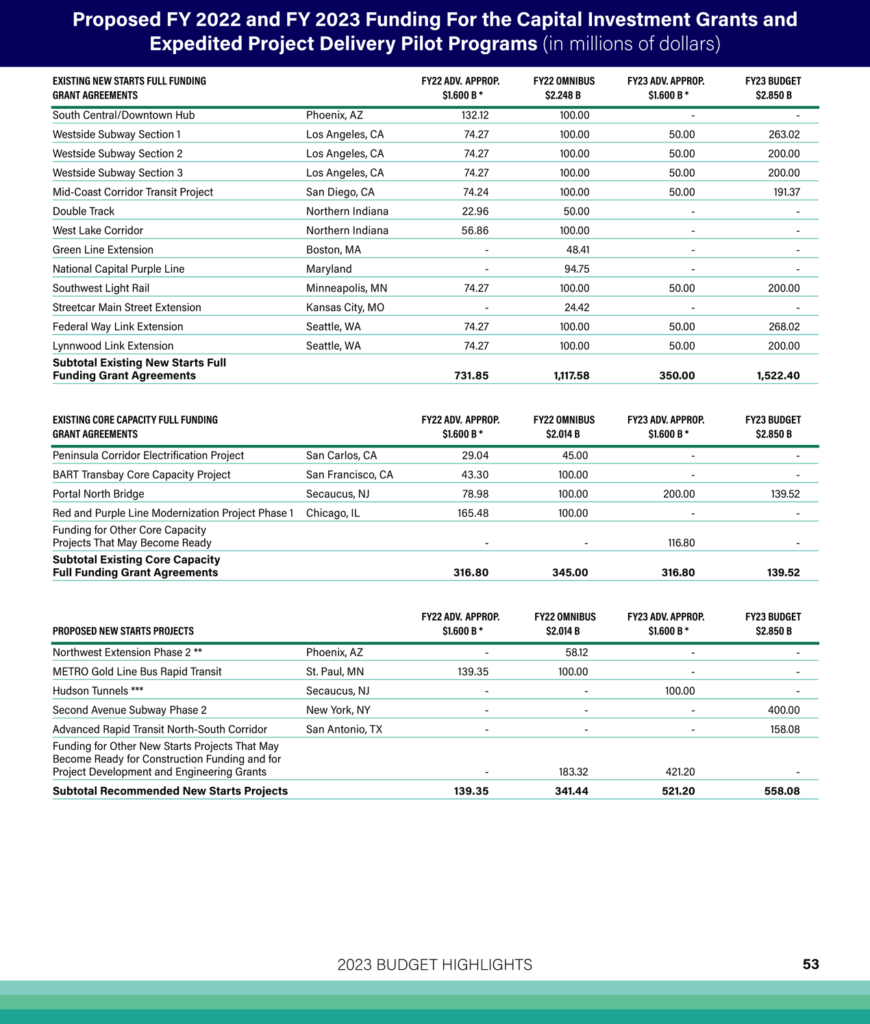
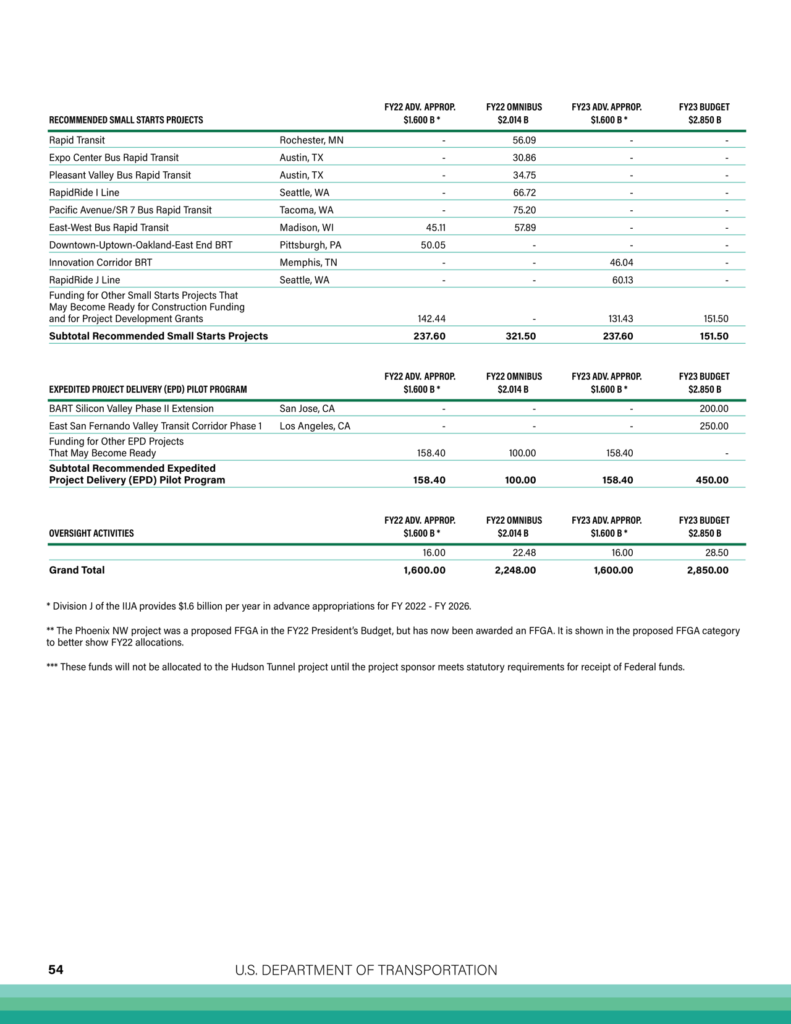
Seven new rail and bus rapid transit (BRT) projects are recommended for advancement and eight are recommended to continue with existing construction grants. The four new rail-related projects are:
1. East San Fernando Valley Corridor Phase 1 light rail project (Calif.): First-time funding recommendation of $250 million, EPD Pilot Program. The Los Angeles County Metropolitan Transportation Authority (LACMTA) proposes a 6.7-mile light rail project with 11 stations, nine traction power substations, an overhead contact system, new vehicles, and a maintenance and storage facility.
2. BART Silicon Valley Phase II rail project (Calif.): First-time funding recommendation of $200 million, EPD Pilot Program. The Santa Clara Valley Transportation Authority (SCVTA) proposes to extend BART service six miles from the Berryessa Station through downtown San Jose to Santa Clara. The project includes four stations, five miles of subway tunnels, new rapid-transit vehicles, two mid-tunnel ventilation and egress facilities, and a storage yard and maintenance facility. The project is being implemented by VTA in partnership with BART.
3. Hudson Tunnel passenger rail project (N.Y./N.J.): First-time funding recommendation of $100 million, CIG Program. The Port Authority of New York and New Jersey, in cooperation with the Gateway Development Commission, New Jersey Transit Corporation and Amtrak, propose constructing a new two-track tunnel along the NEC between New Jersey and Manhattan’s Penn Station. The project includes the Hudson Yards right-of-way preservation project, a new Hudson Tunnel, and the rehabilitation and modernization of the existing North River tunnel. The project is part of the Northeast Corridor Gateway Program. According to the USDOT, these “funds will not be allocated to the Hudson Tunnel project until the project sponsor meets statutory requirements for receipt of federal funds.”
4. Second Avenue Subway Phase 2 rapid-transit project (N.Y.): First-time funding recommendation of $400 million, CIG Program. The New York Metropolitan Transportation Authority (MTA) proposes to extend subway service 1.5 miles along the East Side of Manhattan. The project is the second of four planned sections of the Second Avenue Subway and connects the northern end of Phase 1 at 96th Street to the Lexington Avenue Line at 125th Street. The project includes three new stations and signal and communications systems.
— $150 million for Washington Metropolitan Area Transit Authority (WMATA).
— $200 million for Transit Infrastructure Grants. This includes $50 million for the Zero Emission System Transformation Planning Program, and $100 million for the Climate Resilience and Adaptation program “to fund competitive grants to improve the resilience of transit assets to climate-related hazards by protecting transit stations, tunnels, tracks and other infrastructure from flooding, extreme temperatures, and other climate-related hazards,” according to the USDOT’s Budget Highlights report (download below).
— $50 million for the Integrated Smart Mobility (ISM) Pilot Program.
— $30 million for Transit Research.
— $8 million for Technical Assistance and Training.
• $4.7 billion for the FRA. This reflects a $1.3 billion boost from the FY 2022 enacted level, according to the American Public Transportation Association (APTA). When combined with BIL’s advance appropriations ($13.2 billion), the total is $17.9 billion. Among the programs covered:
— $3.0 billion for Amtrak. This reflects an increase of $669 million from the FY 2022 enacted level, APTA reported. When combined with BIL’s advance appropriations ($4.4 billion), the total is $7.4 billion; this includes $5.0 billion for National Network grants and $2.4 billion for Northeast Corridor (NEC) grants.
— $500 million for the Consolidated Rail Infrastructure and Safety Improvements (CRISI) grant program. Added to the $1 billion in advance appropriations provided by BIL, the total is $1.5 billion. “The FY 2023 President’s Budget proposes to dedicate at least $200 million in CRISI funds to rail line relocations and other projects to mitigate the detrimental safety and quality of life effects rail transportation can have on underserved or disadvantaged communities,” according to the USDOT’s Budget Highlights report. “The President’s Budget also dedicates $10 million for new workforce development initiatives, including the establishment of a National Railroad Institute to develop and conduct training and education programs for both public- and private-sector railroad industry employees.”
— $555 million for the Federal-State Partnership for Intercity Passenger Rail program. Adding BIL advance appropriations of $7.2 billion, the total is $7.76 billion. “This program will play a key role in providing more rail options for the traveling public, advancing safety, economic, equity, and climate goals,” according to the USDOT’s Budget Highlights report. “Investment decisions for projects located both on the NEC and on corridors across the country will be driven by new, statutorily required planning processes that are due to be completed in FY 2023. Partnership funding will advance additional capital renewal and improvement projects on the NEC, enhance existing services on the National Network, restore or introduce new corridor services, and prepare a long-term pipeline of projects through sound planning, environmental, and engineering work.”
— $245 million for the Railroad Crossing Elimination program. Added to the $600 million provided by the BIL advance appropriations, the total comes in at $845 million.
— $254.4 million for Safety and Operations, which includes $16.5 million for the Automated Track Inspection Program and $4.3 million to expand the Confidential Close Call Reporting System.
— $58 million for the Research and Development program.
According to the USDOT, the following are among the other programs covered by the President’s FY 2023 budget plan:
• “$1.5 billion for the Rebuilding American Infrastructure with Sustainability and Equity (RAISE) discretionary grants and the new National Infrastructure Project Assistance (Mega) Grant program, which, when added to the $2.5 billion in advanced appropriations under the Bipartisan Infrastructure Law, will result in a total $4 billion investment. This funding will provide significant investments in major transportation infrastructure projects that lay the groundwork for the nation’s economic success, including roads and highways, public transportation facilities, freight and passenger rail, and port infrastructure.”
• “$230 million for Port Infrastructure Development Program (PIDP), which, when added to the $450 million in advanced appropriations, results in $680 million for grants to improve port infrastructure and facilities, and to stimulate economic growth in and around ports, and ensure goods move smoothly from ship to shelf.”
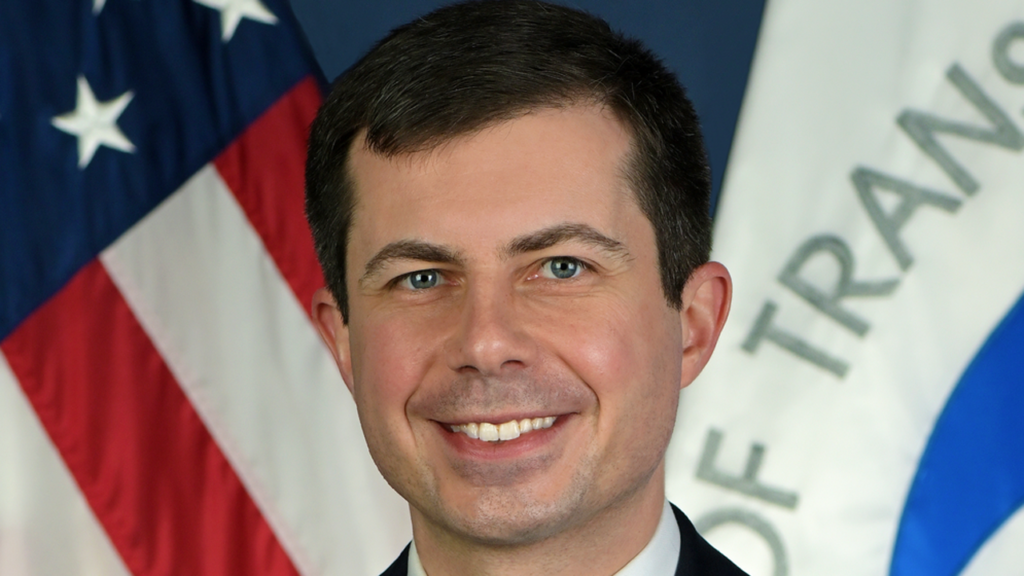
“The investments in the President’s budget make traveling safer, easier, cleaner and more affordable for the American people,” U.S. Transportation Secretary Pete Buttigieg said. “From roads, tunnels and bridges, to airport and port improvements, electric vehicle chargers, safe bike lanes, and more, we are building a first-rate transportation system for all Americans.”
“Providing the necessary investment to modernize our public transit and passenger rail systems will allow systems across the country to meet growing community demands for increased mobility choices that will reap economic and environmental benefits nationwide,” said APTA President and CEO Paul P. Skoutelas in a March 28 statement following the budget announcement. “Combined with the advance appropriations in the Infrastructure Investment and Jobs Act (IIJA), the President’s FY 2023 budget request will provide historic and generational investments in public transportation that will enable our communities to provide access to opportunities and create family-wage jobs, advance equity and tackle climate change.”
